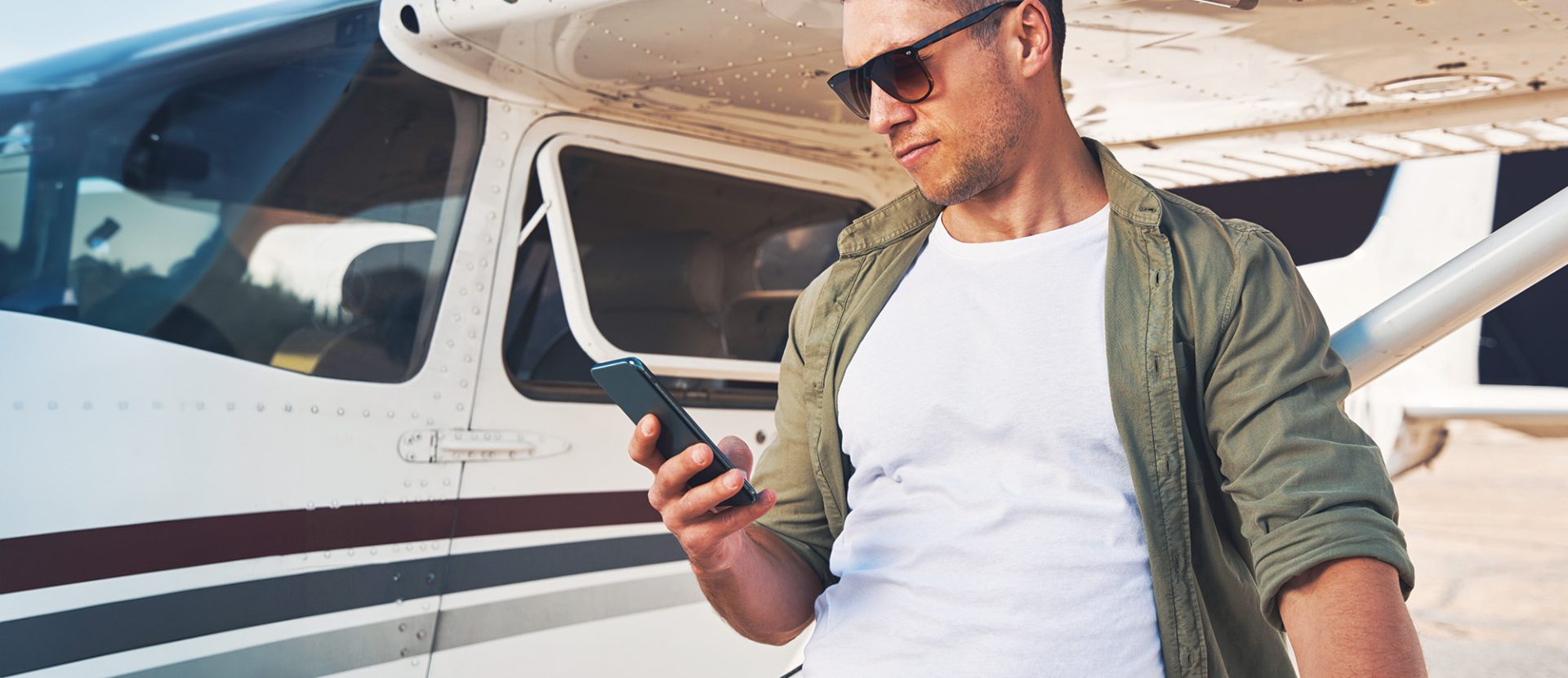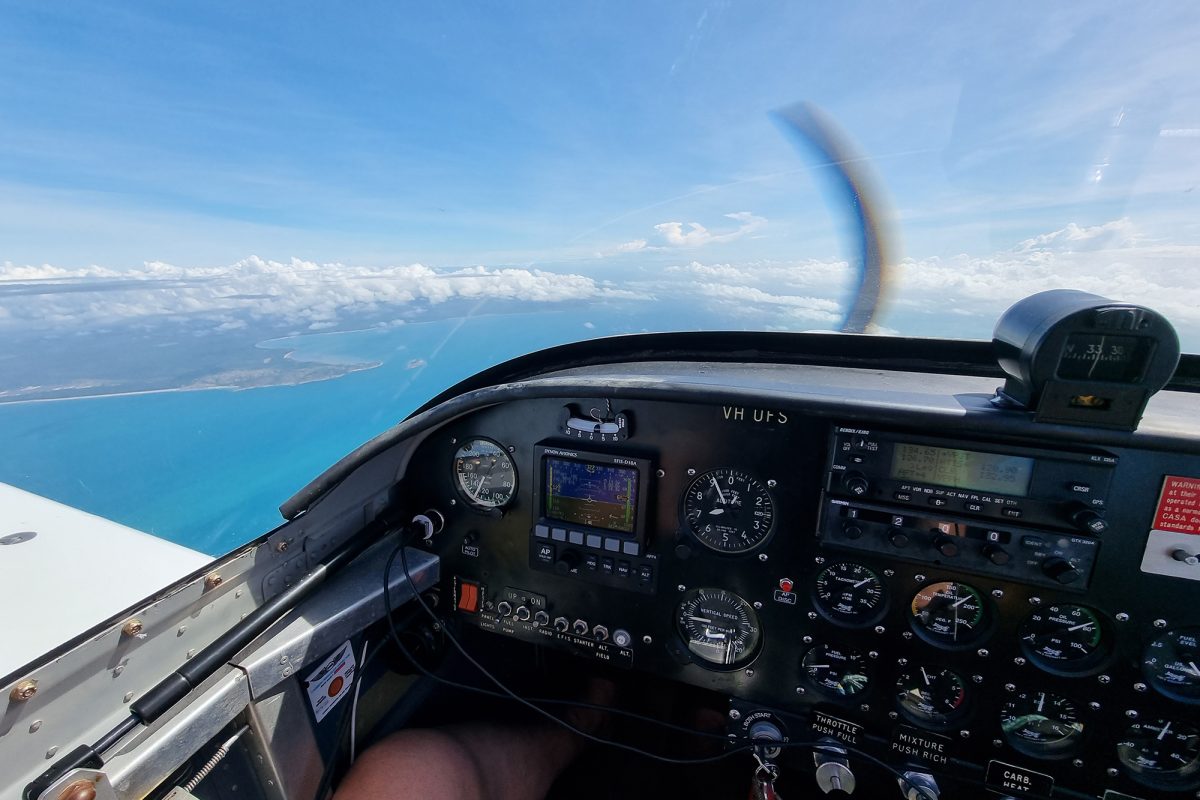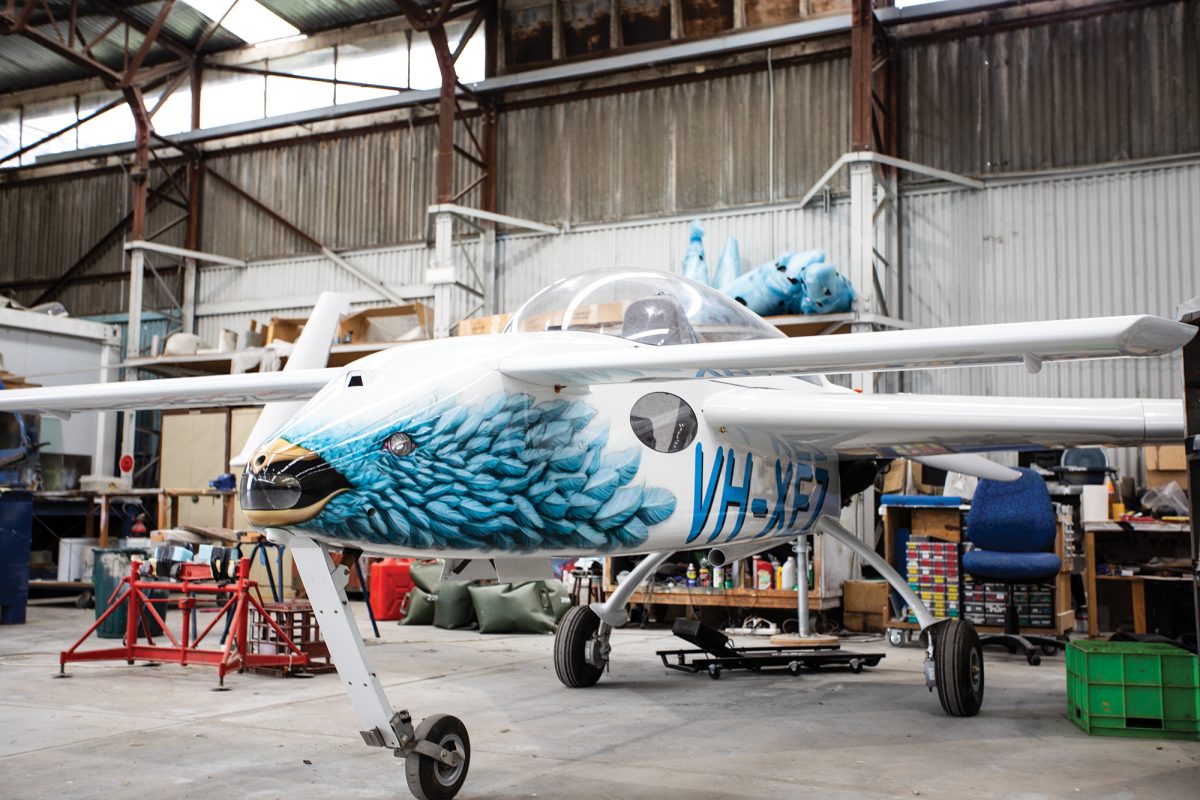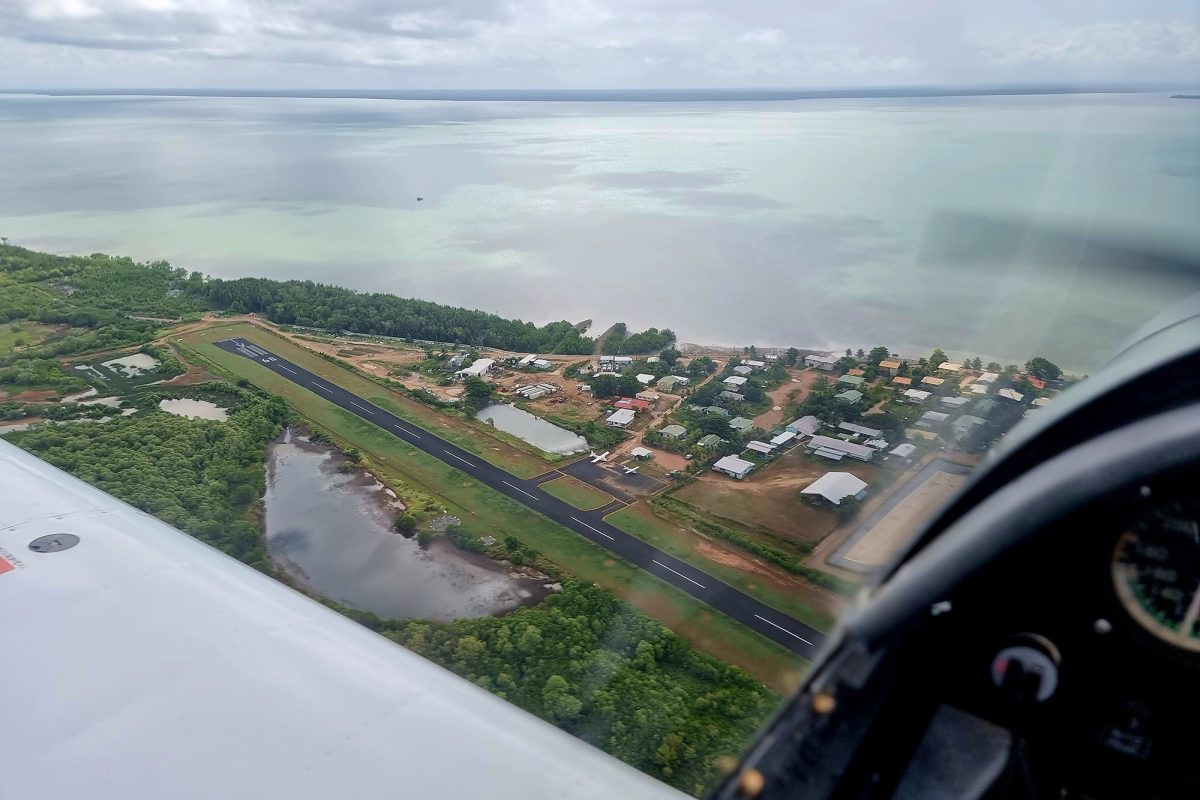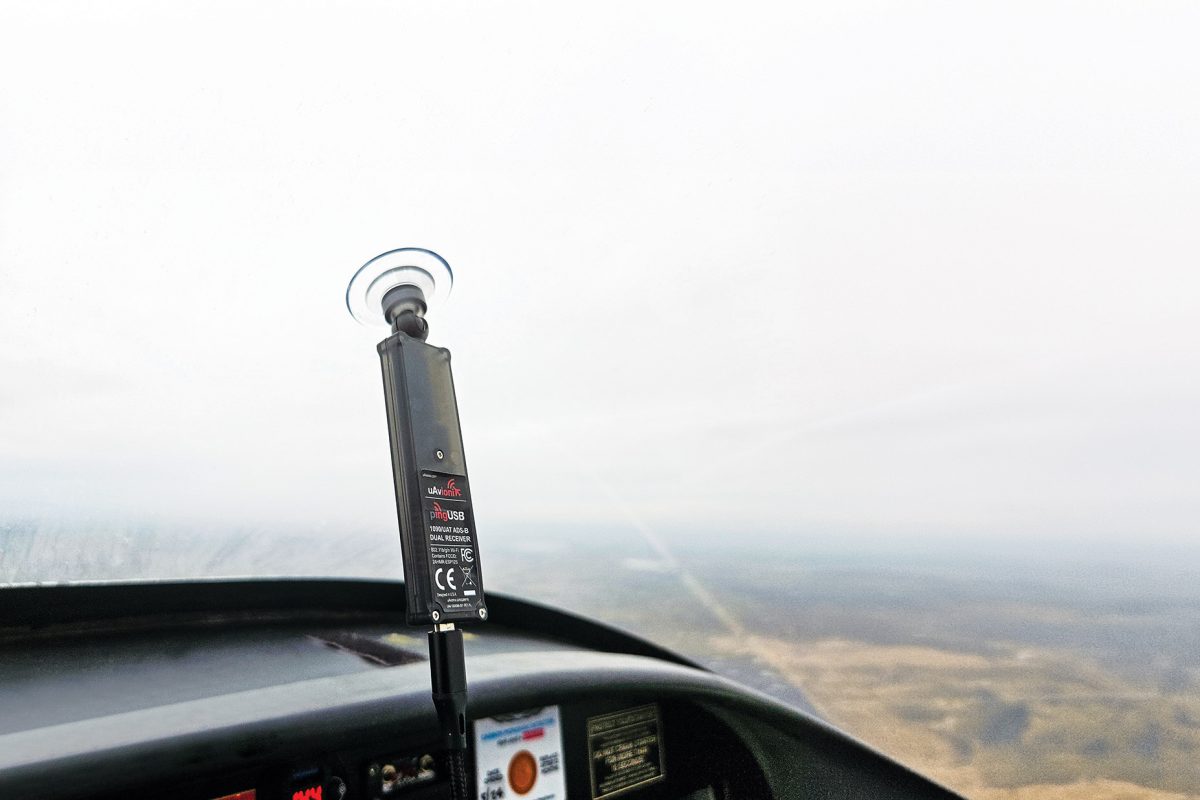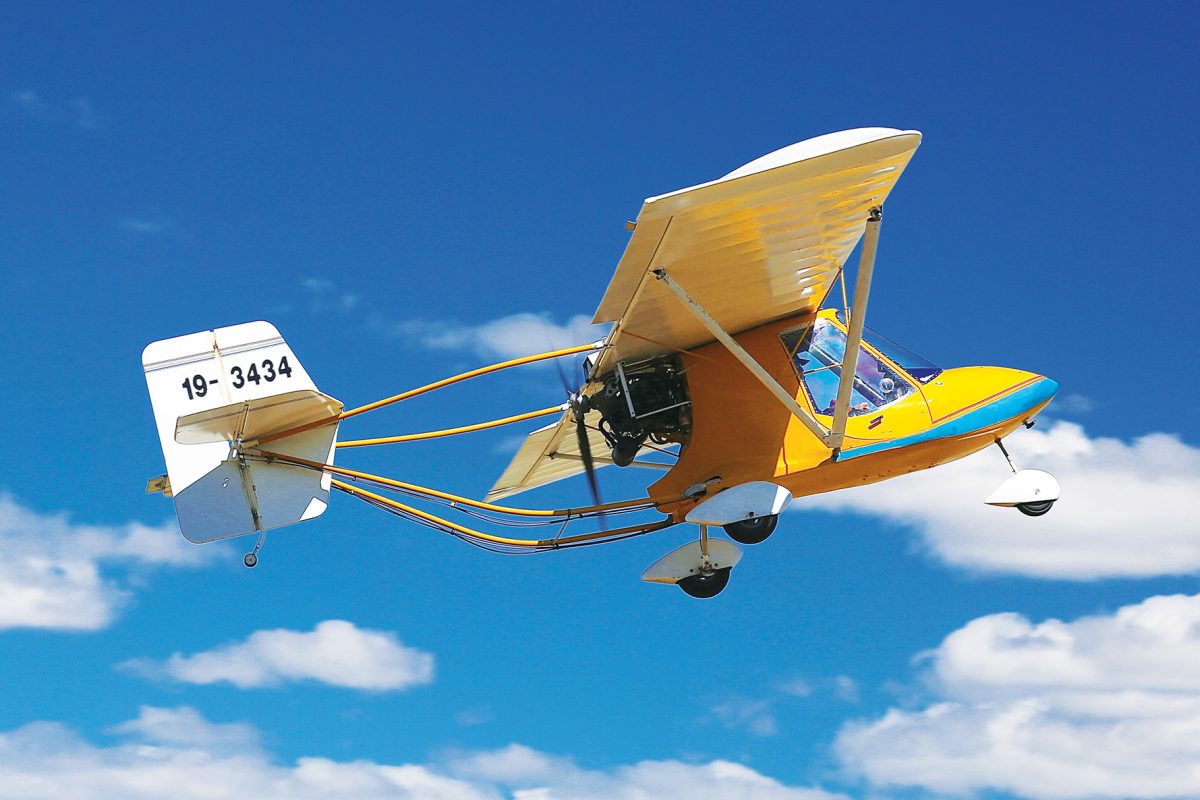WHEN IS IT APPROPRIATE?
Australia is a mobile nation. More than 90% of Australian adults now own a smartphone, as they have become deeply ingrained in our everyday lives. Many pilots tend to use their phone while airborne, as an aviation tool and to record flights. But what are the considerations for having a mobile phone in a cockpit during a training flight?
There are a number of possible pitfalls, challenges, legal and operational considerations to ensure the safe and effective use of mobile devices in the cockpit, particularly in the training environment.
INSTRUCTOR USE
Instructors were quick to recognise the advantages of mobile phone use in the cockpit. While airborne, instructors can engage with clients, manage schedules and track progress during navigation training using software such as Electronic Flight Bags (EFBs).
However, there is serious potential for distraction by using a mobile device during delivery of flight training, with possible impacts on safety. For example, at a busy CTAF, it might be tempting for the instructor to turn the radio volume down while a phone call or text message is responded to. We have all heard stories of flights where the volume has not subsequently been turned back up, leading to missed radio calls and an increased potential for mid-air conflict.
If the instructor is scrolling through their phone, returning text messages or making and receiving phone calls, they are distracted. How can they effectively monitor the student, continue to deliver good quality flight training and ensure all eyes are being used for effective scanning of traffic and other conflicts? Are they sending the wrong message to students; that it is ok to use a mobile phone while flying an aircraft?
The flip side of this discussion is the benefit for traffic awareness if the phone has EFB capability and traffic advisories. Additionally, in the event of a serious incident, a correctly mounted device that is recording video and audio can provide investigators with critical information.
PILOT FOOTAGE AND SOCIAL MEDIA
RAAus has been made aware of a number of solo flights where the pilot has been flying while holding their mobile phone. This includes one specific flight with footage showing the solo student holding the phone in one hand and attempting to effectively manage the aircraft with the other. During departure and landing, the phone was simply laid on the seat, which could have had disastrous consequences if the phone was to lodge in a control system, under rudder pedals or if it fell and the pilot attempted to retrieve it. RAAus has also received footage showing aircraft flying under power lines, at low level, over people aboard boats and in other unsafe manners. This footage had been posted to social media.
Additionally, if a mobile phone or tablet is placed near a remote compass module (which can be fitted near passenger seats, luggage areas or the instrument panel), or a compass, a significant error could be induced, with potentially disastrous outcomes on a navigation exercise. Errors of 50° or more can be induced by the proximity of a mobile device to a remote compass module or the compass itself.
It’s safe to say, not all pilots are aware of the consequences of mobile phone distractions, possibility of induced errors in compasses and the public nature of social media. If the flight activity recorded has serious safety implications, CASA may elect to investigate such footage with serious consequences for the pilot.
SECURING OR REMOVING THE PHONE FROM THE COCKPIT
For these reasons, CFIs could consider creating Standard Operating Procedures (SOP) restricting the use of mobile phones for certain training operations. This may reduce the temptation to interact with the phone or attempt to produce some dramatic footage while flying.
CFIs could also consider developing SOPs about the carriage and use of mobile phones during solo navigation exercises. While a mobile phone can be beneficial in emergency scenarios, a thorough briefing may help to clarify appropriate times for mobile phone usage. Likewise, requiring all mobile phones to be stowed in aircraft pockets or lockers may prevent a disaster.
CIRCUIT VS. TRAINING AREA VS. CROSS COUNTRY NAVIGATION
It is safe to say that if mobile phones are not permitted to be used freely in cars, the same logic could be applied to aircraft. In the circuit, pilots are kept quite busy, leaving little time to fiddle with a mobile phone. Circuits at airports have the highest rate of proximity and near miss events. Best to leave the mobile phone on the ground or stowed away safely.
While the student might not be as busy while solo in the training area, it is another area where additional traffic might conflict and again, the phone is probably best left in the office or stowed.
While on solo navigation flights, a mobile phone can be a means of contact as a last resort. However, it is important to remember mobile phone use has the possibility to make a loss of situational awareness even worse.
LOST PROCEDURES
If a student or pilot is lost, the best possible action is to call ATC on the relevant area frequency, squawk the required transponder code and ask for help from professionals. Using a mobile phone to ask for help is probably not the answer. Students need to be confident in their ability to apply the correct lost procedure to regain situational awareness.
In summary, students, pilots, instructors and CFIs need to be thoughtful about when it might be appropriate to use a mobile phone and when it is better to either leave it on the ground, or stow it in an appropriate place, so it doesn’t cause other issues.
